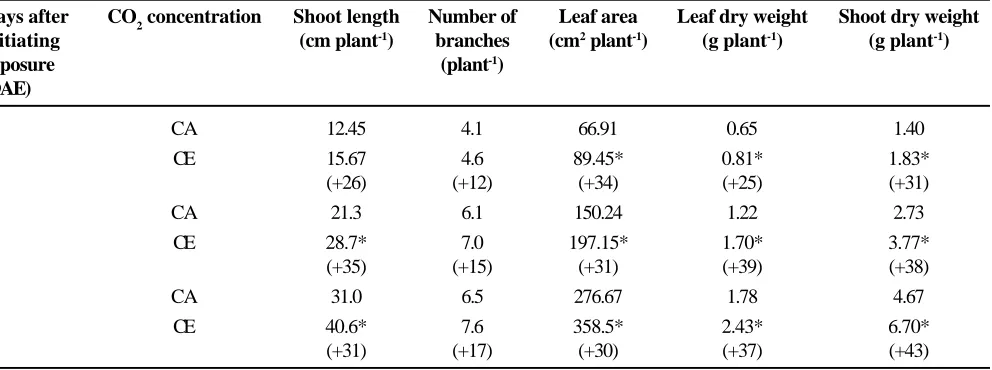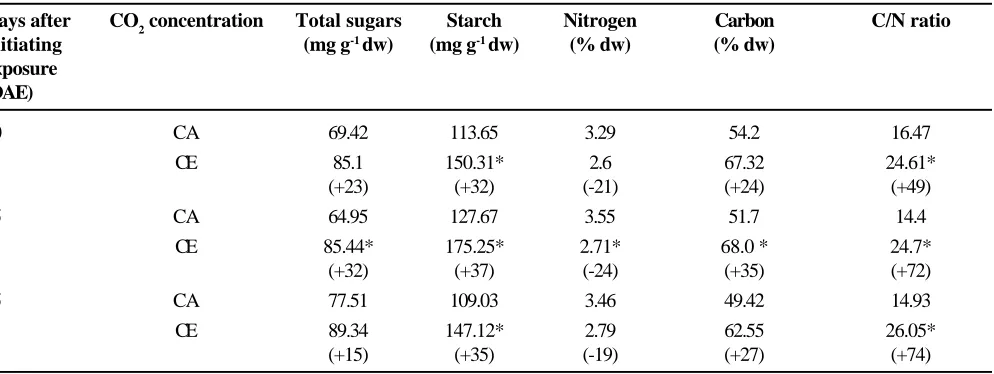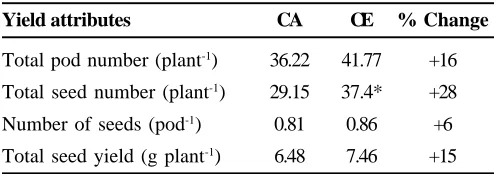GROWTH AND YIELD OF CHICKPEA UNDER ELEVATED CARBON DIOXIDE CONCENTRATION
Full text
Figure



Related documents
Online Manual Quia TM Online Manual que acompaña Punto y aparte (an online version of the print workbook produced by Quia TM ) Lecturas literarias Lecturas Literarias:
There are a number of different initiatives for development of validation practitioners’ competences.The ministry of Education took initiatives in the vocational area and in
The communities around Liki Island saw the existence of dugongs frequently on seagrass ecosystems and showed that dugong has a high dependence on seagrass ecosystem (Tol et al.,
Therapists experienced a low intrinsic motivation of the participants of the ET as well as the CBT, possibly due to a low experienced distress; patients mainly participated
susceptibility to hydrate formation and lower operating expenditures. It, however, ranks as the most targeted technology for rapid development and application due to its huge
For the continuous voltage rating refer to the VDE 0884 Insulation Related Characteristics Table (if applicable), your equipment level safety specification or Avago Application
The mean condition factors for the four major cichlid species in the man-made Lake of Umuoseriche are shown in Table 1.. The results indicated that there was a significant
The research presented in this paper aims to broaden previous research on defects by analyzing the defects that remain in the post-handover stage, which usually lasts